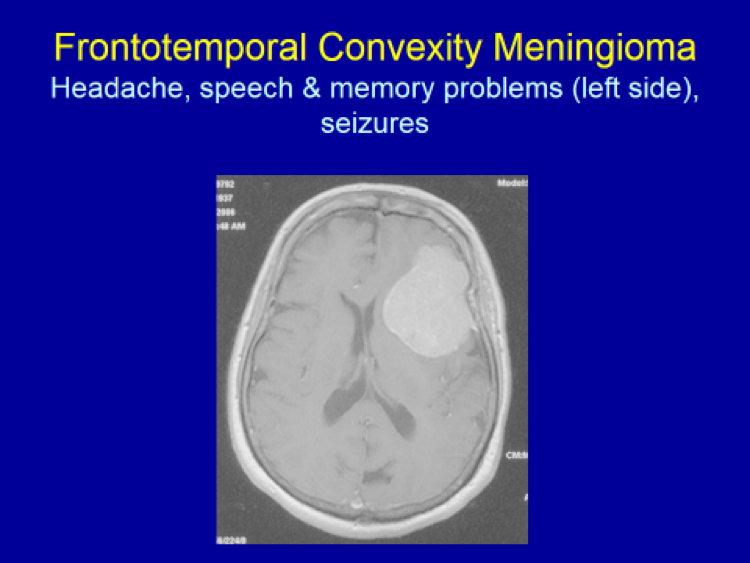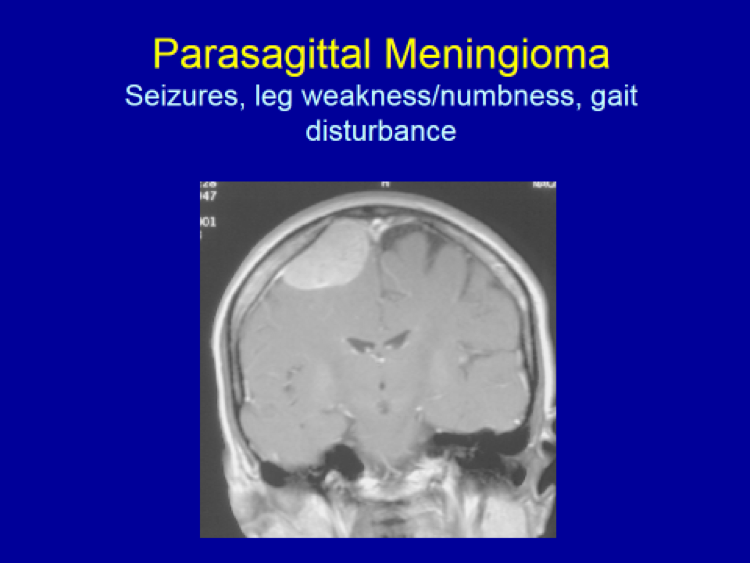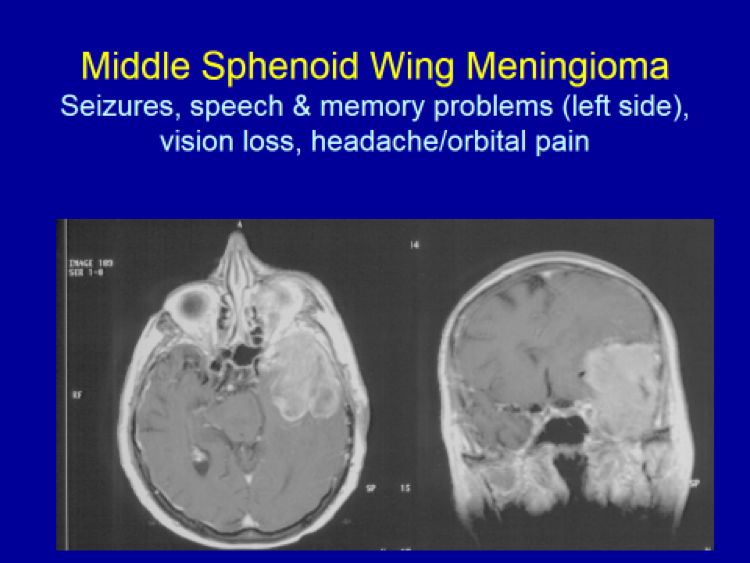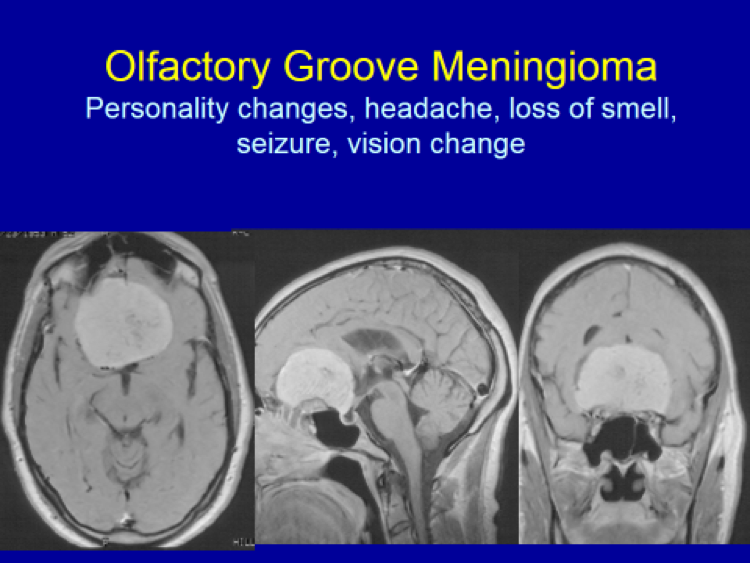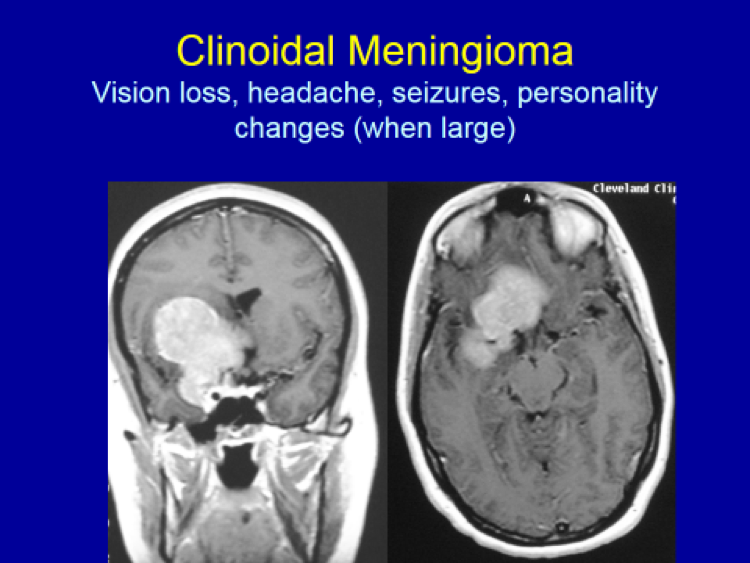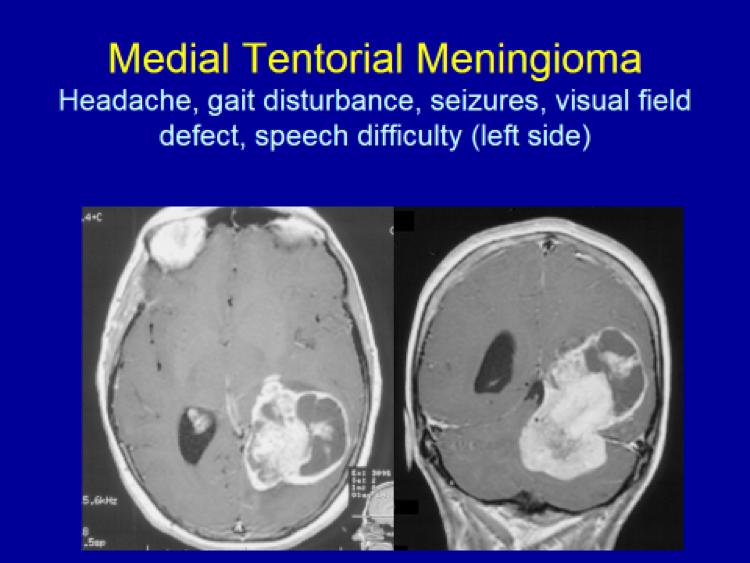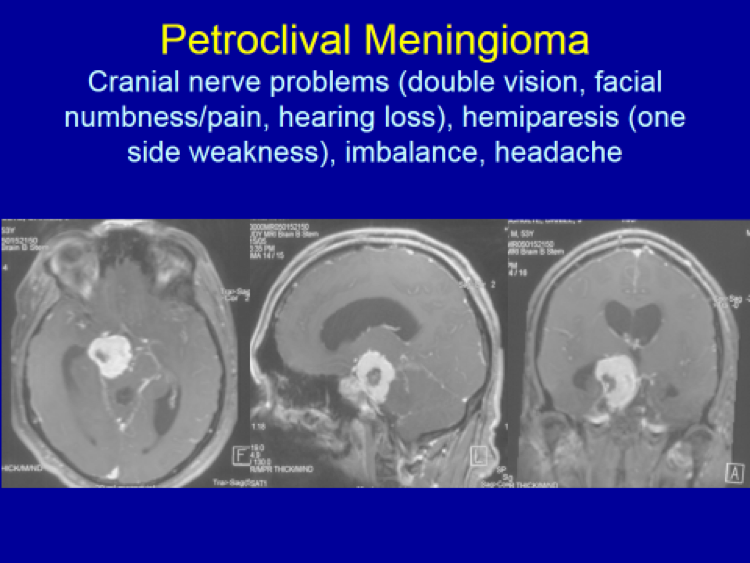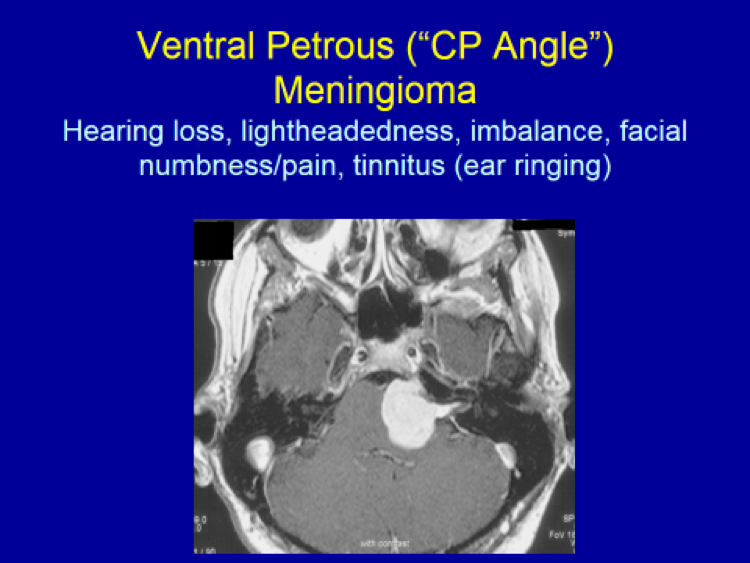I write (note the present tense as this is a work in progress which will be updated from time to time) this short “Handbook” mainly as a small part in my “giving back” for abundant blessings I have received throughout my life.
First and foremost, I thank God for my life, faith, family, and career that I love. I feel so blessed for living my childhood dream, which was to become a neurosurgeon. (Please see “Living my childhood dream” under my personal blog section.) When I go to work each day, I do so with tremendous excitement and gratitude, because I truly love what I do. Looking back at my life, God has always guided me along the best possible path and blessed me richly that led to the present.
Second, I have always felt a great sense of gratitude towards all my former patients who taught me so much about the profession I love. Two of the most important personal principles of mine in medicine are (1) to treat each patient as family, and (2) to regard each patient as a teacher. It is this second principle that motivated me throughout my career to conduct research studies, write academic papers, and learn from each of my patients so that my future patients will receive better and improved care. This handbook is a small token of my deep appreciation to all my patients – my real teachers.
I also write this handbook as a token of sincere apology to my former patients. I am truly sorry that I did not have this available to them at the time of their seeing me for their meningiomas. I felt the need for this type of simple handbook a long time ago, but I just did not find the time to do it sooner. Many of my former patients and their family members often spent hours, with significant anxiety and fear of having been diagnosed with a “meningioma”, doing “Google” search for a word that was difficult even to pronounce. More often than not, having difficulty finding anything adequate and simple, they spent hours perusing scientific articles (with a dictionary by their side) written in a language so foreign to them.
It is my wish and intention that this handbook will give meningioma patients all the necessary basic information about their newly diagnosed condition. I want to empower them with knowledge about their “brain tumor” so that their anxiety is eased, and they are better equipped to make educated treatment decisions.
It is also my great wish that the facts outlined in this handbook will give them hope. Rather than asking “Why me?” after receiving the diagnosis, I want all those who read this to finish the handbook on a positive note, having hope that meningiomas can be “cured” or, at least, put under “control” without significantly altering their life quality or life expectancy.
Before closing, I thank my mentor, the late Dr. John A. Jane, Sr., for teaching me and equipping me so that I can live my dream as a neurosurgeon. His spirit lives on in my drive, passion and love for neurosurgery. Also, I thank my lovely wife of 31 years for her constant love, support and inspiration. She has been by my side from the very beginning of my journey as a neurosurgeon, for we got married one month before the start of my residency. Lastly, I thank my 93-year old mother whose daily prayers and love shaped me as a person. She was the main reason for me to return “home” to L.A. in 2014 so that I can spend some quality time with her in the remaining few years of her life.


